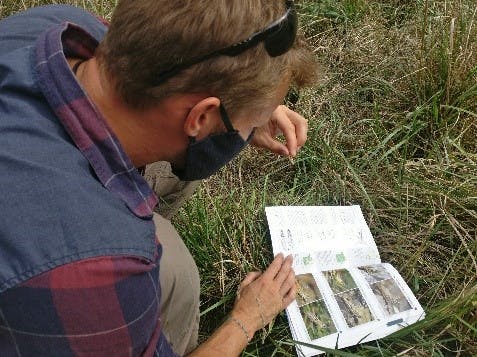Behind the scenes of the T Zen 5 project: a complex achievement
Published on
-Updated on

Publication date: February 22, 2021
A project such as the T Zen 5 involves many regulatory procedures, which can have consequences on the project schedule.
For example, the proximity of the project to the banks of the Seine means that flood risks must be taken into account and the project has been subject to the environmental authorisation procedure. In this context, increased attention has been paid to the protection of fauna and flora, in places specific to the banks. This is why an ecological diagnosis was carried out, in order to identify the local animal and plant species present and avoid or reduce any impact on their environment
The T Zen 5 is also part of a territory rich in history, as proven by the remains of human occupations dating from prehistoric times to the medieval period unearthed at the ZAC Gare Ardoines, in Vitry-sur-Seine. As a precaution, the organisation of a preventive archaeology diagnosis on the plot of the future bus depot will make it possible to assess the heritage interest of the site before any work is carried out.
All these studies and procedures are long and of an incompressible duration. Thus, the project schedule is dependent on obtaining the environmental authorisation and the result of the archaeological diagnosis, but also on the deadlines for the execution of the works to divert the concessionary networks which must be carried out upstream of the work on the T Zen 5.
The impacts on the schedule of T Zen 5 are certainly significant, but these actions are an integral part of the life of a project concerned with its urban, heritage and natural environment.
©Egis
